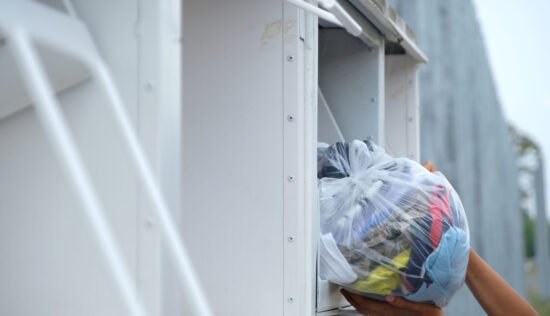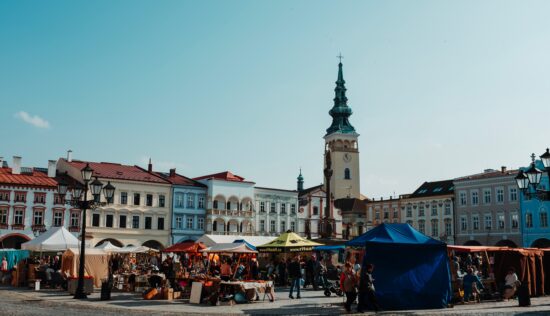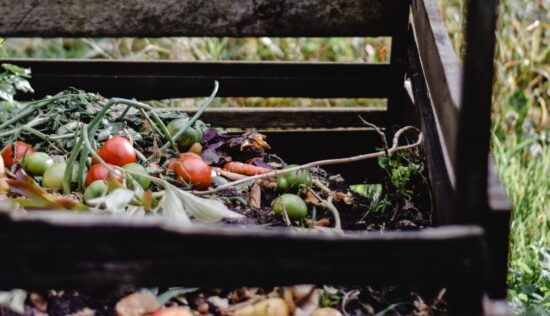Fast fashion – the constant flow of new styles with cheap prices and poor quality – has skyrocketed the number of textiles we use and waste in Europe. The textile chain is problematic on both ends: cotton requires huge amounts of water and pesticides, chemical use is extensive in the colouring part, and about half of the textiles we use are made of man-made fibres, meaning mostly fossil oil. On the other end, poor quality makes reuse difficult, and Europe lacks the infrastructure to recycle textiles, which leads to most of it being incinerated or landfilled, while a fraction is sent outside its borders, where its fate is unknown.
On average, a European produces about 11kg of textile waste annually. The European Union has woken up to the challenge and set a requirement for the member states to start a separate collection of textiles by 2025. Recycling mixed materials, unknown chemicals and poor quality fibres is challenging, and the end product is often of inferior quality. A more holistic approach, in which recycling is on only one part of the solution, is required. Rationalizing textile use through better quality and care, and preventing textiles from becoming waste is key to solve the problem on both ends.
This webinar went into greater depth to answer these key questions:
- What makes the circular economy of textiles challenging?
- How can we tackle the textile waste problem holistically and according to the waste hierarchy?
- What is expected from cities to meet the EU requirements and how can separate collection be implemented efficiently?




